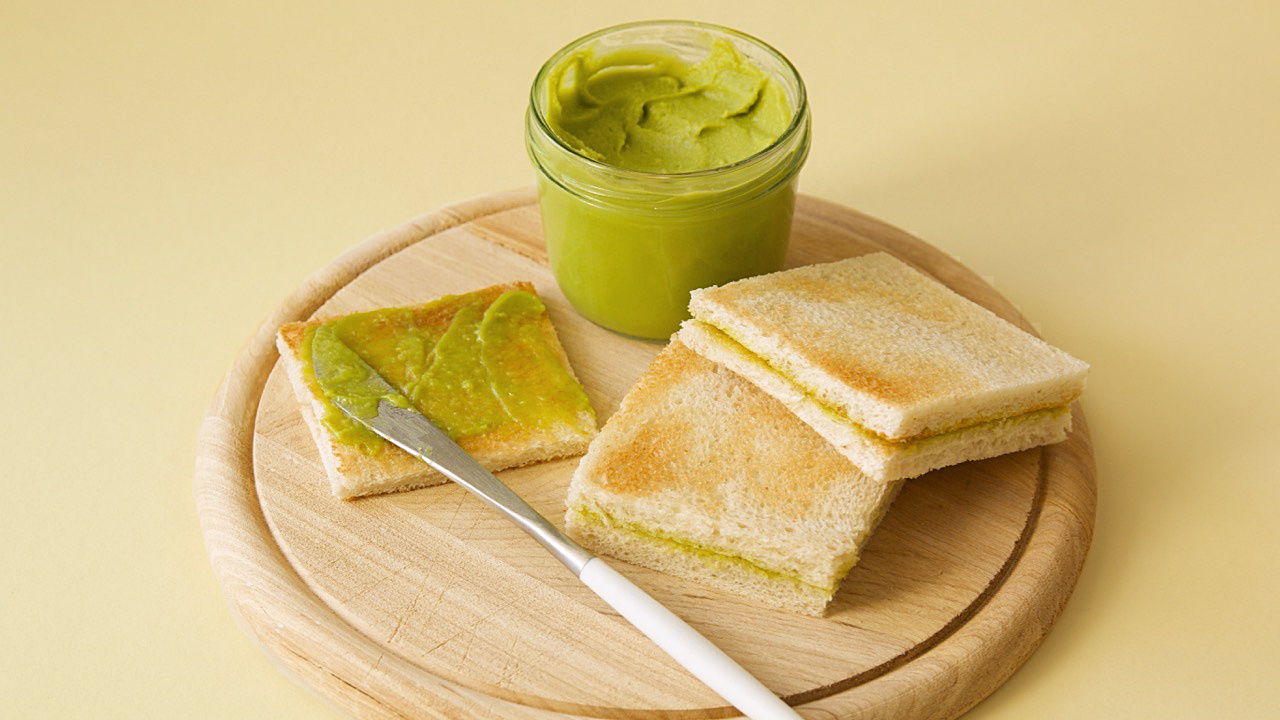For many living in Malaysian, Singapore and other countries in Southeast Asia, creamy coconut jam, also known as ‘kaya’ holds lots of memories. This recipe which needs only four ingredients is extremely easy to prepare. However, follow the steps closely if you want the best outcome.
What is kaya made of?
Kaya is made of coconut milk, egg and caramelized sugar. Eggs naturally binds the ingredients together while sugar provides sweetness to the jam besides acting as a natural preservative.
Can sugar be substituted?
White sugar (granulated table sugar) is used in traditional recipes, you can also use brown sugar. Sugar is used to sweeten the jam and it also binds to water to prevent bacteria from growing. Muscuvado, a type of unrefined sugar can be used in combination with white or brown sugar. The natural content of molasses does affect the taste of kaya. If you're looking for a low carb substitute, use erythritol which caramalizes like sugar whereby stevia does not. However, kaya may not last as long when using erythritol as there isn't much research on its ability to extend shelf life although some brands may claim that it does.
Why is the kaya lumpy?
Patience is the key. All ingredients have to be mixed thoroughly. Otherwise, chunks of egg whites or egg yolks may end up in the jam if it is not mixed well enough. When cooking the mixture, remember to have the heat on low or the kaya will curdle. Many also commented that the kaya did not turn out as smooth as shown in the video. The trick to a smooth consistency is to keep stirring the mixture during the cooking process. If it still turns out lumpy, blend the mixture after it is ready.
If you want to cut down on the cooking time, you can increase the heat to medium. Use a hand mixer to blend the mixture thoroughly for 10 seconds every 15 minutes or when kaya begins to thicken. Note: Kaya prepared this way may not last as long compared to when it is cooked slowly.
What if I don't have pandan leaves?
It is acceptable to omit pandan leaves from this recipe as it acts as a natural food colouring and flavouring. It is said to be the vanilla of Southeast Asia. Otherwise, you may substitute it with pandan extract which is commonly sold at Asian grocers.
How long does kaya last?
This kaya can last for at least 1 to 2 months if kept refrigerated. It is able to last long because it is cooked slowly. The slow cooking process allows the sugar to caramelize along with the coconut milk and acts as a preservative to the jam.
Storing the coconut jam correctly will also help to extend its shelf life. Use a sterilized and dry bottle to store the jam. Always use clean and dry cutlery to scoop the jam.
Does kaya go bad if not refrigerated?
When stored unrefrigerated, kaya can last up to a week. Discard if it starts to get moldy.
Can kaya last longer in a vacuumed jars?
One of the ways to preserve jam or marmalade is to store them in vacuumed jars. The ‘water bathing’ process helps to seal the jars properly to prevent the growth of bacteria. Unfortunately, it's not possible to use the same process with kaya. We've tried numerous times but failed due to the content of sugar that acts as preservative is too little. Moreover, ingredients such as eggs and coconut milk have short life span. Without additional preservatives, kaya is not be able to have a long shelf life like jams even after the ‘water bathing’ process.
How to make kaya toast?
Kaya toast is made using sliced bread which is toasted. Spread unsalted butter graciously on the toasted bread before topping it with kaya. Enjoy the delicious toast with teh tarik, coffee or any beverage of your choice. Kaya toast is also served with other Malaysian food such as roti canai and nasi lemak for breakfast.
Besides kaya toast, what can I do with kaya?
Kaya can be use as a sweet paste or creme whereby it can be added to baked goods. In Southeast Asian bakeries, kaya is often added as a filling to pastries and bread. Store-bought puff pastry does a great job to wrap kaya. If you love smoothie breakfast bowls, kaya is a great addition!

